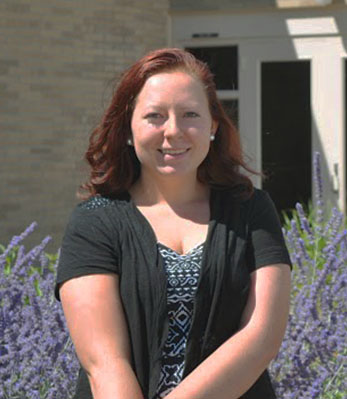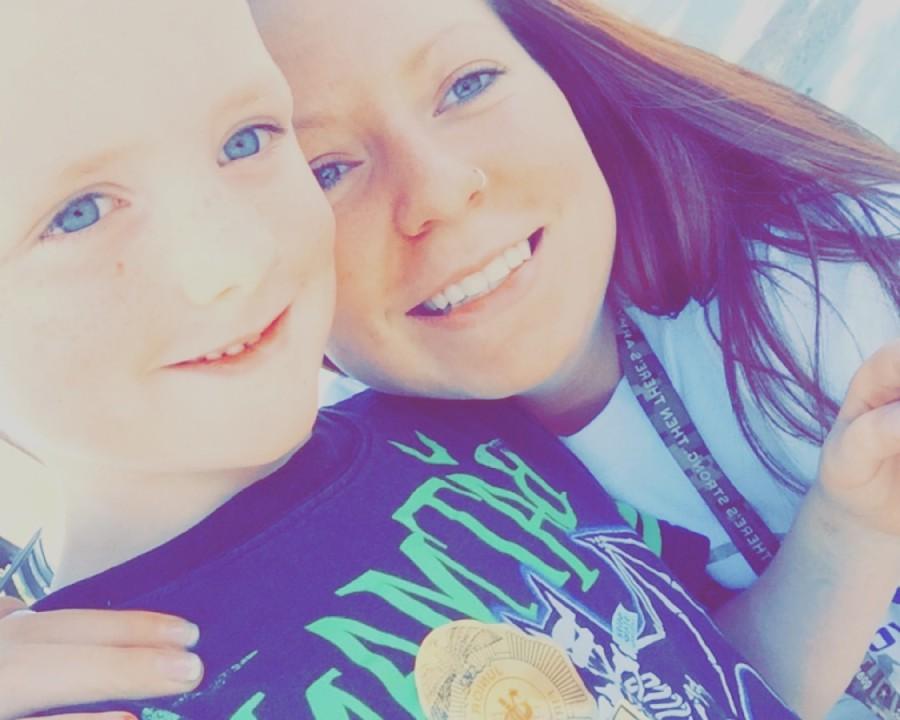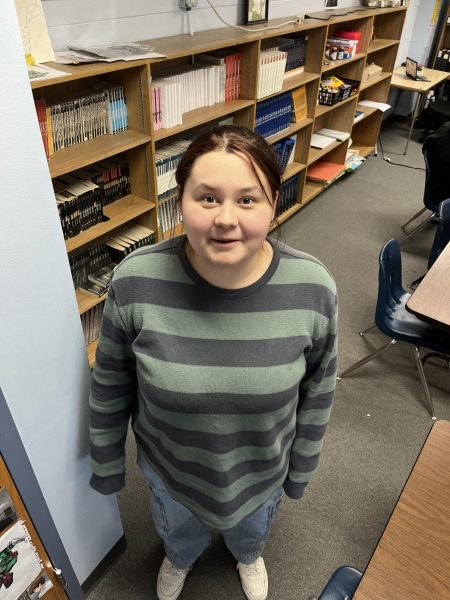World Diabetes Day
World Diabetes Day is a day created by the United Nations to recognize and raise awareness of Diabetes. Celebrated on November 14th of each year, diabetes patients, their loved ones, and several other people around the world take part in activities and fundraisers. These include buildings “going blue,” or lighting up blue at night, and annual diabetes walks in several places around the world.
There are two types of Diabetes: Type 1 and Type 2. Type 1 presents itself when the body’s immune cells attack the beta cells inside the pancreas, killing them, and eventually killing the pancreas. These patients cannot produce their own insulin by themselves. In order to make up for this, they have to take shots of insulin to account for high blood glucose and high amounts of carbohydrates in their food. This type is commonly referred to as ‘juvenile diabetes’ because most patients are diagnosed as children.
Type 2 Diabetes is a little different. This form usually presents itself in adulthood, and is usually caused by eating too much and exercising too little. With current medicine, Type 2 Diabetes can be controlled with a pill, unlike Type 1.
Diabetes affects many families, including my own. My six-year-old brother suffers from Type 1 Diabetes, as do several children in the Alliance Public Schools system. Lately, a controversy has surfaced on social media concerning our schools, outraging many people in our area. A policy letter has been sent home regarding requirements for classroom treats, including nutritional labels, ingredients, etc. In my own opinion, this a completely reasonable request. To a family dealing with a diabetic or a child with a food allergy, this policy makes sense. The school nurses need to know the nutritional content and number of carbohydrates in order to properly dose the diabetic children. If there is a student in a class with a peanut allergy, the nurses and teachers need to know if there are peanuts in a snack or even peanut oil, for instance, in the ingredients. Even if a six-year-old knows he has a food allergy or disease, and is learning to manage the condition, he or she can’t possibly know how many carbs are in a homemade snack – or if an unknown ingredient is in the snack. Why is providing a simple number or list to the school so hard? Our schools are lucky, as many school systems no longer allow homemade treats whatsoever.
Many parents have complained about this request with arguments saying that children can take care of themselves, children need to be able to control their temptations from food, and that diabetic children get more snacks than other students (for reasons they probably don’t even understand). Some parents have even gone as far as to attack the parents of these children, saying they need to teach their kids better. As the sister of a six-year-old diabetic, I would want the community to know that there is only so much a young child can be responsible for. Sugar amounts and allergens are not some of the things elementary students understand.
Most of the people making these comments have no idea what diabetic families go through, and that the children would rather not have the attention. If my brother is not poked, checked, and dosed at least six times a day, he could die. If a peanut is in a room with a child that has a peanut allergy, he or she could die. If a parent doesn’t like these policies, they can either send snacks for just their kids, or not at all. These children don’t ask for this disease and maybe instead of attacking the policy we should offer understanding and compassion for those with these life-threatening diseases.

Hey! My name is Rhegan Fritzler. I'm a 16 year old junior at Alliance High School and this is my first year writing for the SPUD. I'm number three of four...












